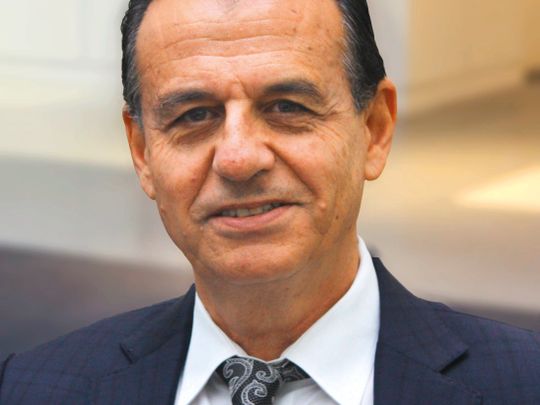
Dubai: The UAE economy needs a new approach to diversification away from oil and faster growth in non-oil economy, according to the Institute of International Finance (IIF).
“The UAE’s construction and services-driven growth model has delivered strong economic development, as indicated by average non-oil growth of 6.4 per cent from 2000-2015. While this rapid growth has led to a substantial increase in foreign labour, progress towards diversification has remained limited,” said Garbis Iradian, Chief Economist, Middle East and North Africa, IIF.
Escalation of regional tensions ranging from war in Yemen to disruption of trade with Iran due to re-imposition of US sanctions have contributed to a slowdown in economic activity.
Weakness in the wholesale & retail trade and construction sectors continues and further appreciation of the dirham real effective terms is hurting key sectors such as real estate, trade and tourism.
Despite the tough external environment, the IIF economists expect non-oil growth to recover from this year.
“We expect non-hydrocarbon real GDP growth to pick up to 1.9 per cent in 2019 and 2.2 per cent in 2020, supported by Abu Dhabi’s three-year stimulus package and Dubai’s spending linked to Expo 2020,” said Iradian.
The main downside risks to the outlook include lower oil prices and slower global growth, which weighs on transport, logistics, tourism, and foreign investment.
Policy options
The IIF economists said the UAE has both monetary and fiscal policy space to boost growth in the near term. Following the recent Fed rate cut, the Central Bank of the UAE cut the interest rates by 25 bps. Further monetary easing would make borrowing cheaper for investors, since lower US interest rates could put downward pressure on the dollar and thus make dirham denominated properties more affordable.
“The UAE can afford a modestly expansionary fiscal stance in the next few years given its large financial buffers and spare capacity. The higher non-oil revenues are likely to offset the projected decline in oil revenues in the context of lower oil prices,” said Jonah Rosenthal, Associate Economist of IIF.
The IIF has projected a consolidated fiscal deficit between 2 and 3 per cent of GDP 2020. The financing of the fiscal deficit continues to come from non-bank and external sources, which would enable UAE banks to invest less in government bonds and thus create room for credit to the private sector.
Knowledge-based growth
The UAE authorities have set clear goals for encouraging diversified and knowledge-based growth, as spelled out in the Vision 2021 plan to achieve a competitive knowledge-driven economy.
“There is a need to strengthen the ecosystem for new entrepreneurs to bring added dynamism to the Emirates. In this regard, a comprehensive strategy is being prepared to encourage foreign direct investment outside free zones and energy sectors and to expand non-bank and capital market financing options for SMEs, which could boost private sector growth and promote diversification,” said Rosenthal.
Box
External position to remain strong
Dubai: The UAE is expected to maintain strong external position with the current account surplus at 6.8 7 per cent of GDP in 2019 and 4 per cent in 2020. The decline in oil and non-oil exports is expected to be partly offset by lower imports. On the financial account side, the IIF expects nonresident capital inflows to moderate to around $30 billion due to the absence of sovereign issuance. However, corporate issuance to refinance existing loans and bonds that mature in 2019 and 2020 will remain sizable. The UAE remains the main regional destination of FDI in-flows, attracting about $11 billion in 2018 (equivalent to 2.9% of GDP). Elevated FDI inflow is explained by the friendly business environment, excellent infrastructure, rel-atively diversified economy by regional standards, and polit-ical stability. The authorities are seeking even higher FDI inflows, setting a target of 5% of GDP for 2021.












